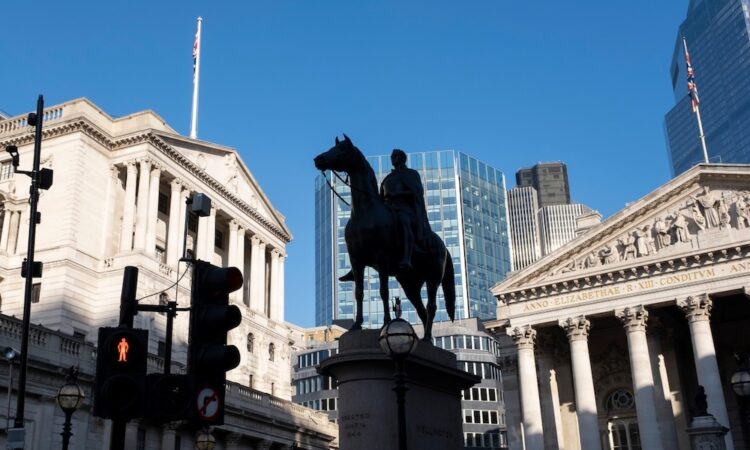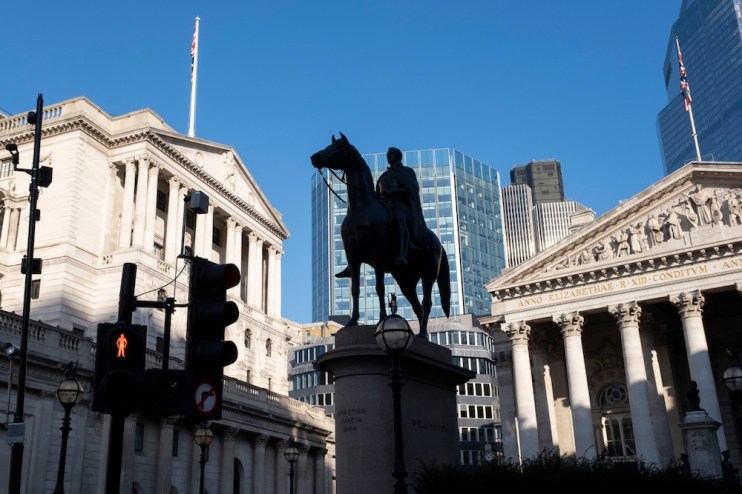

Last week new figures on the UK economy suggested that something unusual is happening – inflation and unemployment are falling at the same time.
In January, inflation came in below expectations at four per cent, down from peaks of over 11 per cent in October 2022.
Most economists think inflation will fall to the two per cent target as soon as the spring.
Simultaneously unemployment is, apparently, going down. Having peaked at a post-Covid high of 4.3 per cent in July 2022, the Office for National Statistics (ONS) now estimates the unemployment rate to be 3.8 per cent.
There are two caveats on the unemployment point. Firstly, the ONS has well-publicised issues with its labour force survey, which raises a few question marks about the accuracy of the data. Speaking in the House of Lords Economic Affairs Committee, Andrew Bailey said it is “really hard to judge” whether unemployment is at 3.8 per cent or 4.2 per cent.
Secondly, the fall in unemployment was counterbalanced by rising inactivity rather than rising employment. In other words, it does not necessarily mean that more people are in work.
However, what seems fairly clear is that the labour market remains remarkably tight given the rapid rise in interest rates.
Why is this surprising? Standard economic theory suggests that unemployment should rise as inflation falls. Higher rates of inflation point to an overheating economy, which require higher interest rates to slow the economy back down again. The cost of slowing the economy is that people are put out of work.
Clearly this has not happened (at least not yet), which raises questions about the nature of the inflation shock the Bank has been dealing with.
Was inflation transitory after all?
Those backing the case that the spike in inflation was transitory argue that the inflation shock was driven primarily by supply shocks relating to Russia’s invasion of Ukraine and post-pandemic disruptions to supply chains.
As those shocks unwound, inflation would dissipate without the need for the Bank’s repeated interest rate hikes. Some have argued that this transitory inflation would probably take around two years to unwind.
As things stand, inflation in the UK is set to approach two per cent – the Bank of England’s target rate -within this timeframe. The fact that unemployment has actually fallen in the past few months does suggest that inflation was overwhelmingly caused by snare-ups on the supply side rather than pent up demand.
If you were to take the transitory argument to its conclusion, the implication is that interest rates may never have needed to be hiked in the first place and should now definitely be cut.
However, this all omits the obvious fact that, in the end, the Bank of England did raise interest rates. This has played a part in returning inflation to target, even if it was just through anchoring expectations.
There are also clearly domestic inflation pressures in the UK, which are not transitory.
Annual wage growth in the UK stands at 6.2 per cent – still far too high to be consistent with the Bank’s two per cent target. Indeed, real wages have grown at roughly the same rate in both the US and the UK since 2019, despite significantly stronger productivity growth in the US.
Services inflation, the most important measure of domestic inflation, stands at 6.5 per cent in the UK, compared to four per cent in the eurozone and 5.4 per cent in the US.
The point of the Bank’s rate hikes was to contain the second round effects from the initial supply shocks. Although waning, these second round effects are most pronounced in the UK.
So yes, the initial price shocks have receded. They were, in a sense, transitory. But it seems certain that without the Bank’s rate hikes, inflation could be much higher and much more persistent than it currently is.
Whether the dangers of persistent inflation are sufficiently acute to justify interest rates being kept at 5.25 per cent given the UK’s anaemic growth is a separate question.





